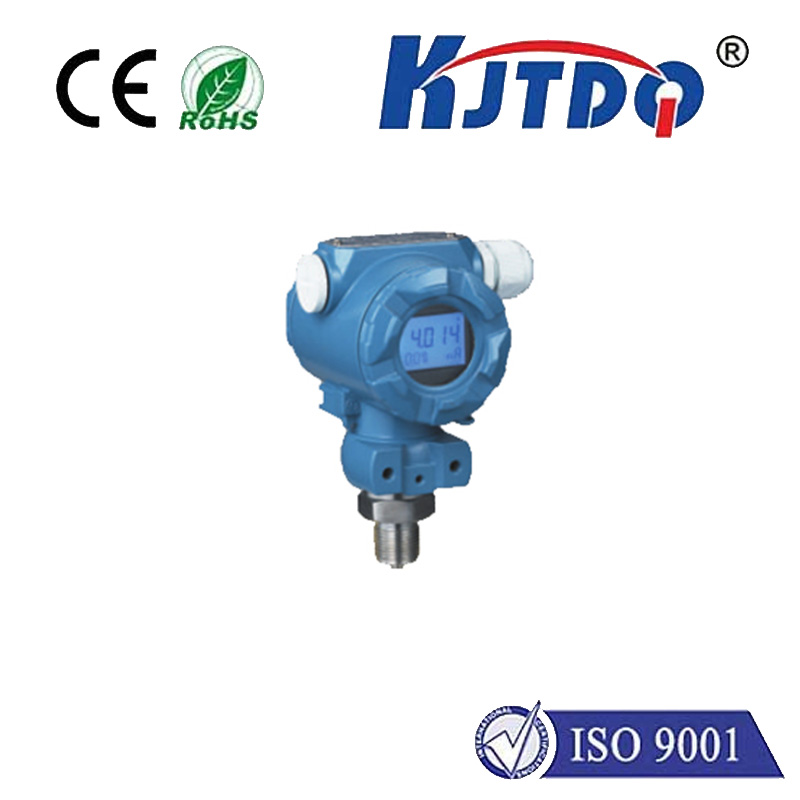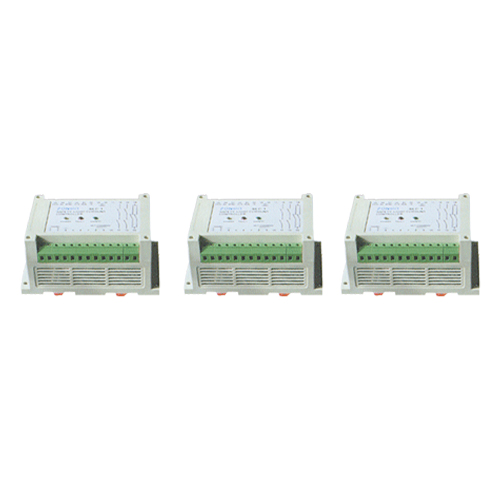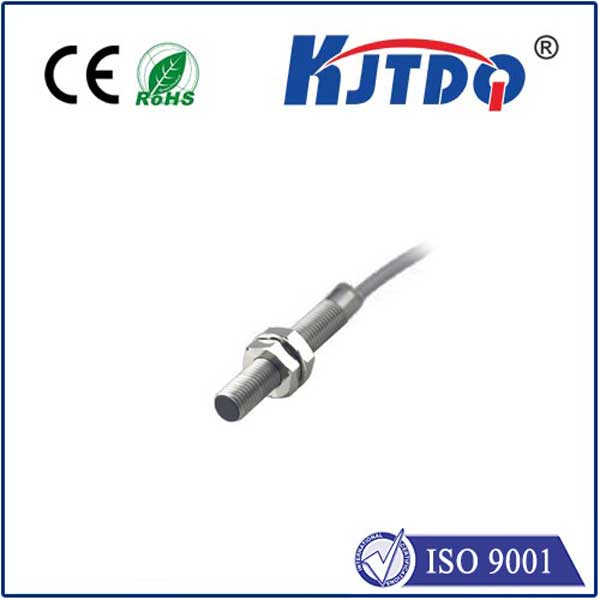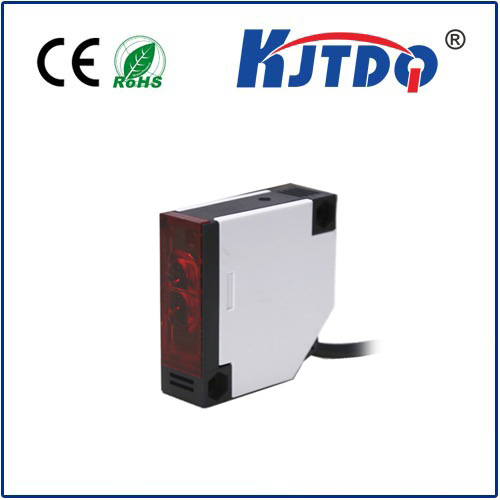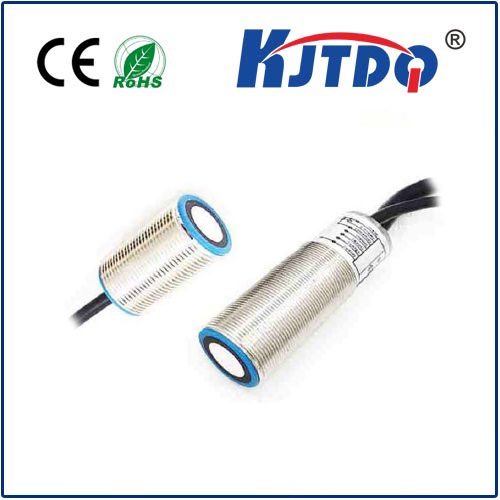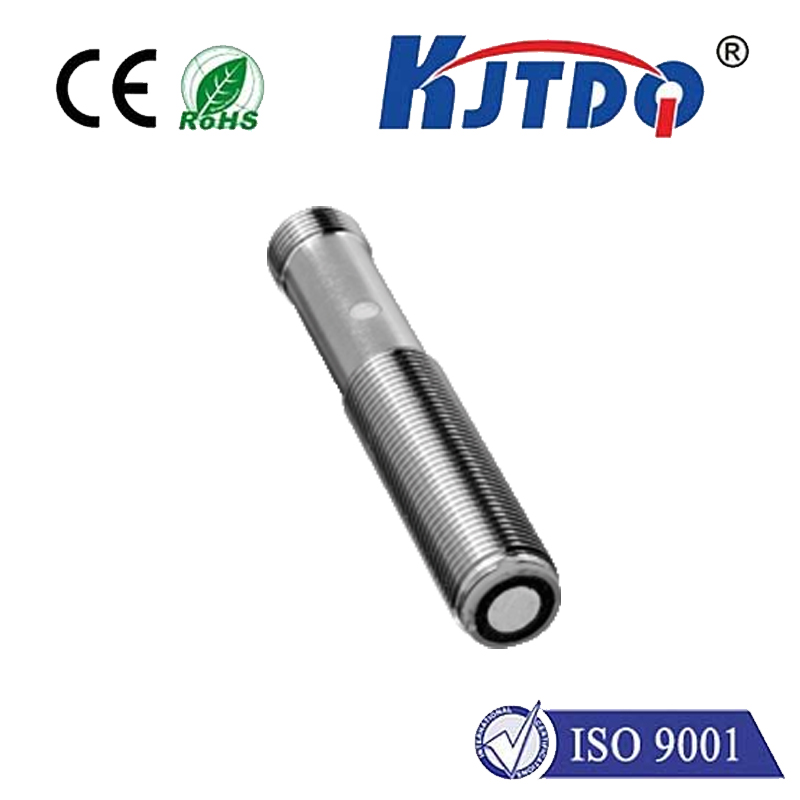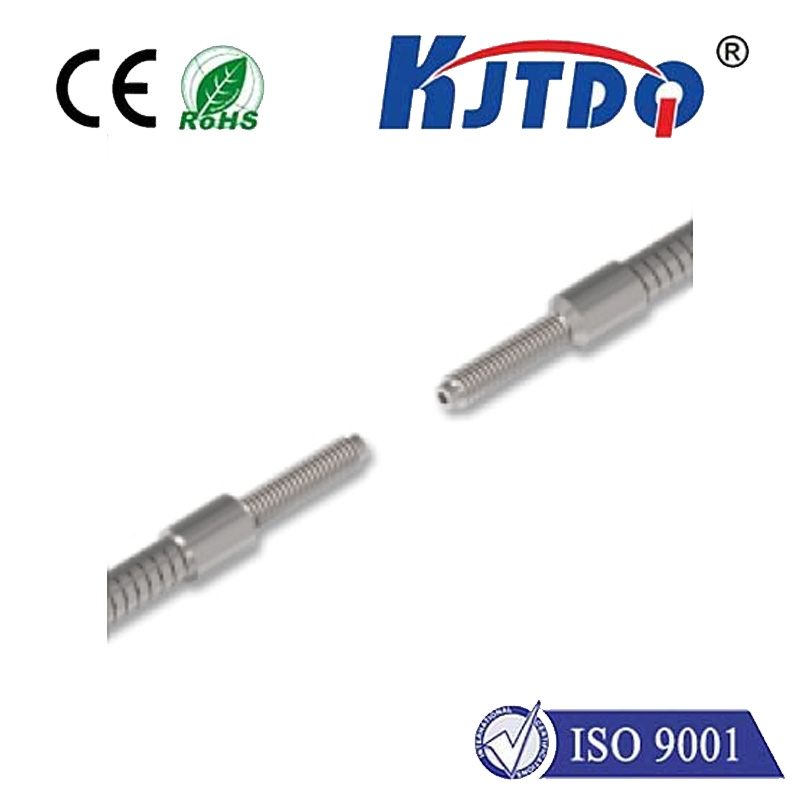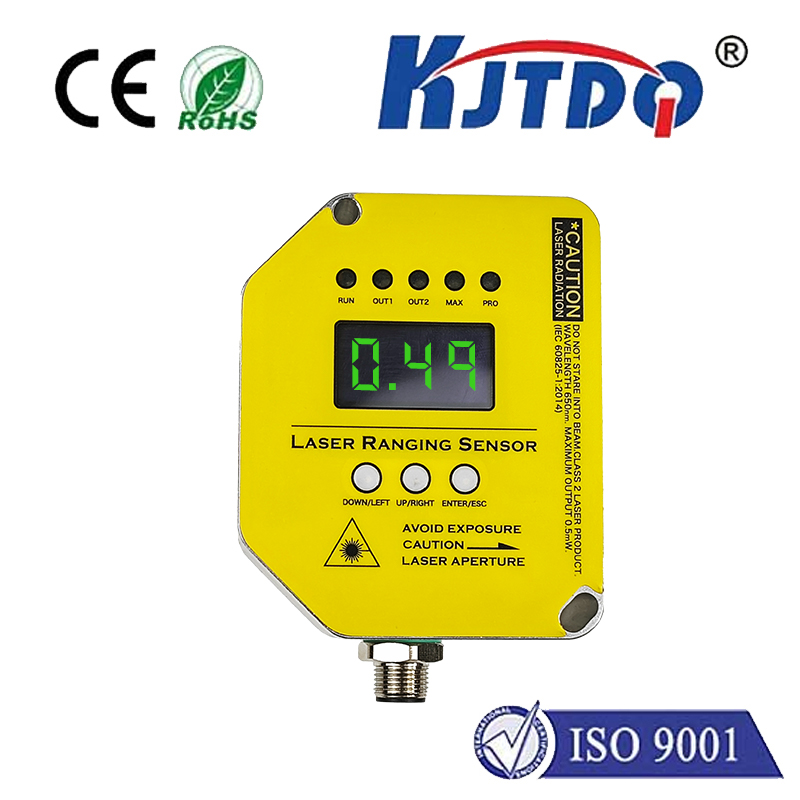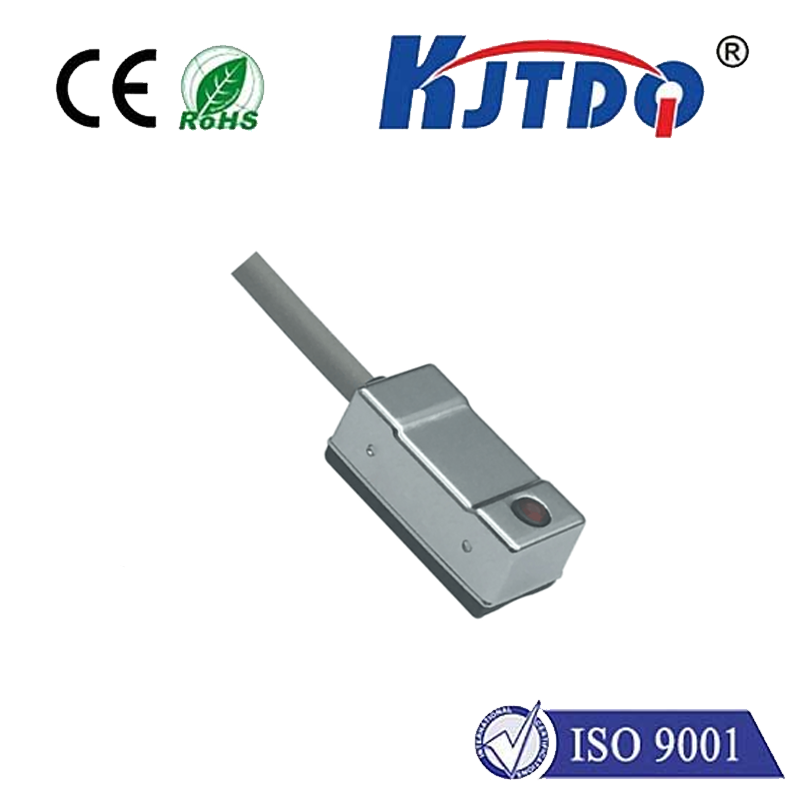

check

check

check

check

check

check

check

check

check

check
Imagine this: you’ve meticulously installed a new sensor on your high-speed packaging line, confident it will detect every carton flawlessly. Yet, inexplicably, it misses critical faults or triggers false alarms, grinding production to a halt. The culprit? It might not be the sensor itself, but how it was mounted. Understanding the crucial distinction between flush and non-flush installation is often the key to unlocking reliable, high-performing sensing in demanding industrial environments. This choice fundamentally impacts sensing range, reliability, and application suitability.
Decoding the Mounting Mystery: Flush vs. Non-Flush
At its core, the flush vs. non-flush designation refers to how the active sensing face of a proximity sensor (commonly inductive or capacitive) is positioned relative to the surrounding mounting surface. This seemingly small detail has significant operational consequences:
Why Does Flush vs. Non-Flush Matter So Much? Choosing Wisely
Selecting the wrong mounting type is a common source of sensor failure, downtime, and frustration. Getting it right is critical for:
Applications: Where Flush and Non-Flush Shine
Understanding typical applications highlights the practical importance:
Flush-Mountable (Shielded) Sensor Applications:

Tight Spaces: Where sensors are mounted close together or near structural metal. Think robotic arms or compact assembly stations.
Embedded Mounting: When the sensor needs to be protected or mounted within a metal housing or frame. Common in valves or actuators.
Detection Through Non-Metallic Materials: Flush capacitive sensors are excellent for detecting fill levels through plastic or glass tank walls without being influenced by the mounting bracket behind them.
Metal Backgrounds: Applications where the target passes close to a metal backing plate or conveyor structure. The shielding prevents detection of the background.
High-Vibration Environments: The flush installation often provides better mechanical stability.
Non-Flush (Unshielded) Sensor Applications:
Long-Range Detection: Any application requiring the maximum possible sensing distance from the target. Monitoring object presence on wide conveyors is a classic example.
Situations with Ample Mounting Clearance: Where there’s sufficient space around the sensor to meet the required metal-free zone. Overhead detection points often meet this criteria.
Detecting Smaller Targets: The larger, less focused field might make it easier to detect very small objects within its extended range zone.
Modern Flexibility: Sensors Bridging the Gap
Recognizing the importance of installation flexibility, many modern sensor manufacturers now offer proximity sensors designed for both flush and non-flush mounting, sometimes termed “factor 1” sensors. These hybrid designs incorporate shielding but achieve sensing ranges closer to traditional unshielded sensors. However, it’s crucial to consult the datasheet carefully. While offering versatility, the optimal performance (maximum range vs. best immunity) might still favor one mode over the other in extreme conditions. Understanding the datasheet specifications for sensing range (Sn) under both mounting conditions is essential.
Key Considerations for Selection Beyond Mounting Type
While flush vs. non-flush is paramount, it’s part of a broader selection process:
Implementing with Confidence: Best Practices
The strategic choice between flush and non-flush sensor mounting is far more than a mechanical detail; it’s a fundamental decision impacting performance, reliability, and system uptime. By deeply understanding the principles of electromagnetic field behavior – how shielding focuses the field for nearby immunity in flush mounting, and its absence enables longer range in non-flush mounting – engineers and technicians can select and install the optimal sensor for the task.

